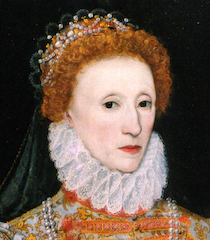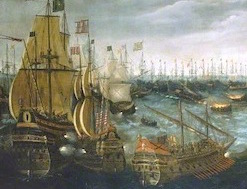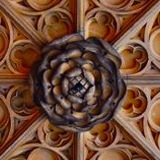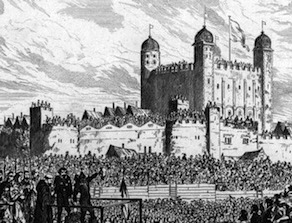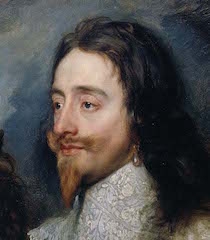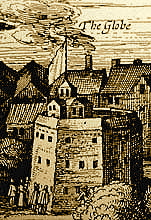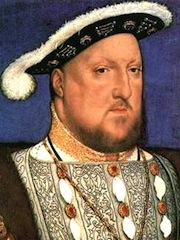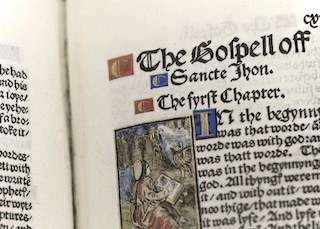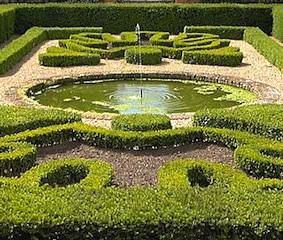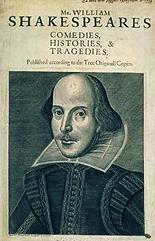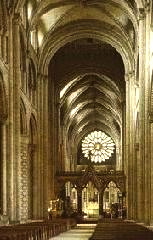This
royal throne of kings, this sceptred isle
This earth of majesty, this seat of Mars,
This other Eden, demi-paradise,
This fortress built by nature for herself
Against infection and the hand of war,
This happy breed of men, this little world,
This precious stone set in the silver sea,
Which serves it in the office of a wall,
Or as [a] moat defensive to a house,
Against the envy of less happier lands;
This blessed plot, this earth, this realm, this England.
|
|
óWilliam Shakespeare,
Richard II (II, i) |
IN THE FIFTEENTH CENTURY, the
peoples of Britain lived within a fragmented and feudal society on the outer
edge of Europe. The largest country in the British Isles, England, was a
relatively minor state compared to its continental neighbors. Yet, by the late
seventeenth century the nations of Britain had grown closer together and
England had transformed itself into one of the wealthiest and most
powerful nations in the world, with a burgeoning overseas empire and a
society that some historians have described as the first modern
country.
This course surveys the extraordinary development of the British Isles from
the late medieval period to the Glorious Revolution of 1688. It will begin
by addressing the social and political structures of late medieval England
and how dynastic conflicts resulted in almost continuous internal warfare.
It will then trace the rise of the Tudor monarchy and the split with the Roman
Church, focusing on the relationship between church and state as
Catholics and Protestants struggled for religious supremacy during the
English and Scottish Reformations. We will examine the growth of the
English state during the reign of Elizabeth and the evolution of
monarchical, aristocratic, and parliamentary power. From there we
will turn to the rise of the Stuart kings, the conquest and
settlement of Ireland, overseas expansion in the Atlantic world, and the catastrophic civil wars of the
mid-seventeenth century. Lastly we will focus on the rise of
political parties and the shaping of constitutional monarchy
and representative government as England and its Celtic
neighbors merged to become Great Britain.
This course is designed to engage us on two levels. It is largely an
empirical history of early modern Britain, yet in the process it forces
us to engage with several compelling questions. How did the religious conflicts
and persecutions in Tudor and Stuart Britain lead to traditions of religious
toleration in the English-speaking democracies? How did a society
dominated by powerful monarchs produce such a strong parliamentary government
with legally protected rights and freedoms? What was life like for the
ordinary folk in the villages and towns? How much did their lives
change during this period? Lastly, how much of our own identity and
values as Americans are rooted in our nation's origins as a colonial
transplant of Tudor-Stuart society? We will keep these and other questions
in mind as we examine the historical development of Britain under the Tudors and Stuarts.
Readings for this course will combine historical scholarship with literature,
music, and primary source documents from the period. Students are encouraged to view all
of these sources as historical texts and to consider broader questions
about the nature of culture, religion, law, monarchy, gender, and
national identity. Through the critical study of history, we
encounter ourselves, and the world in which we live, in new and interesting ways.
This is an introductory course for which there are no prerequisites. Students from all disciplines are welcome.
HIST 221 satisfies the following three categories for General Education: (1) Historical Perspectives, (2) Global Perspectives, and (3) Culture, Power, Identity.
|


